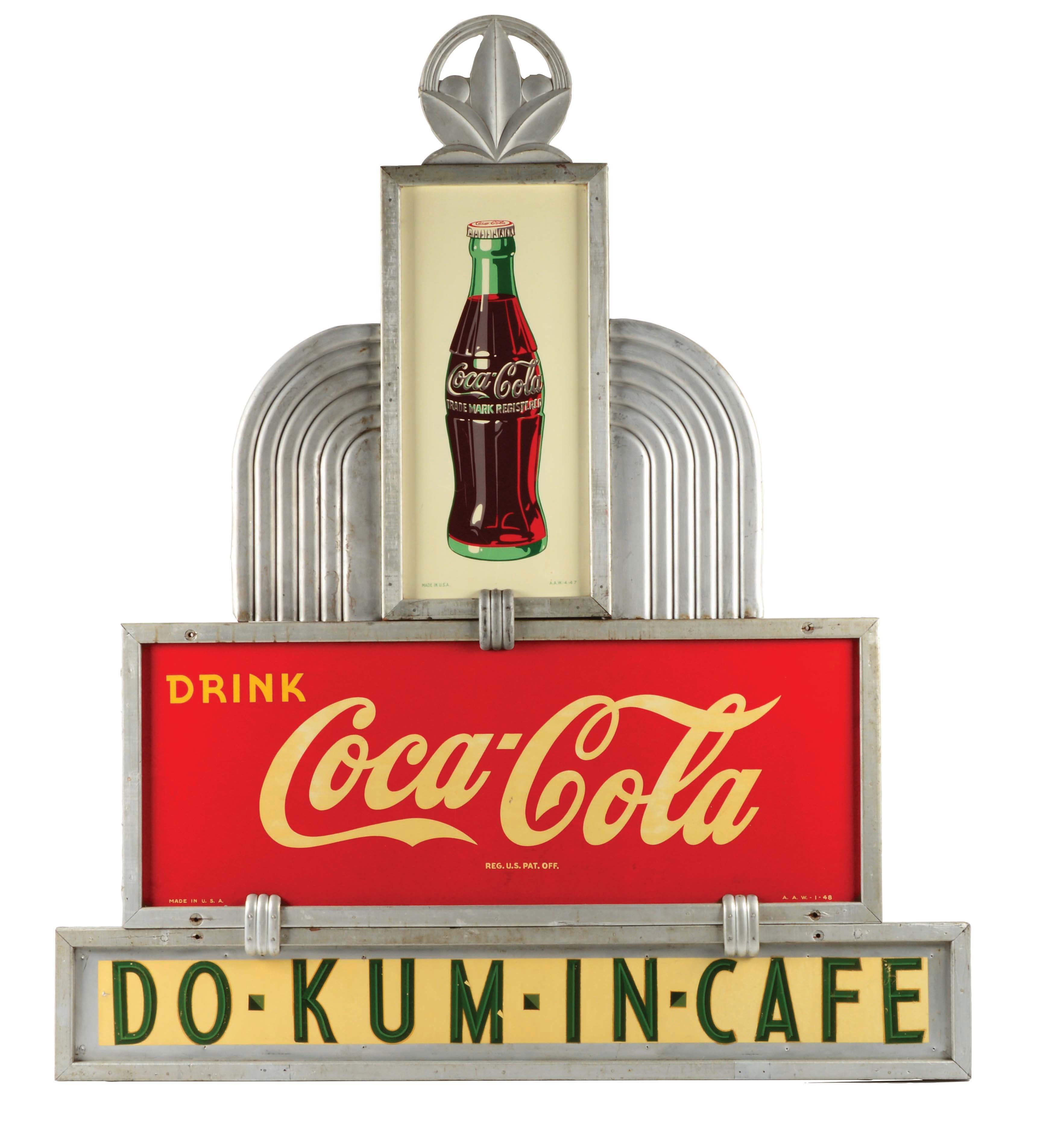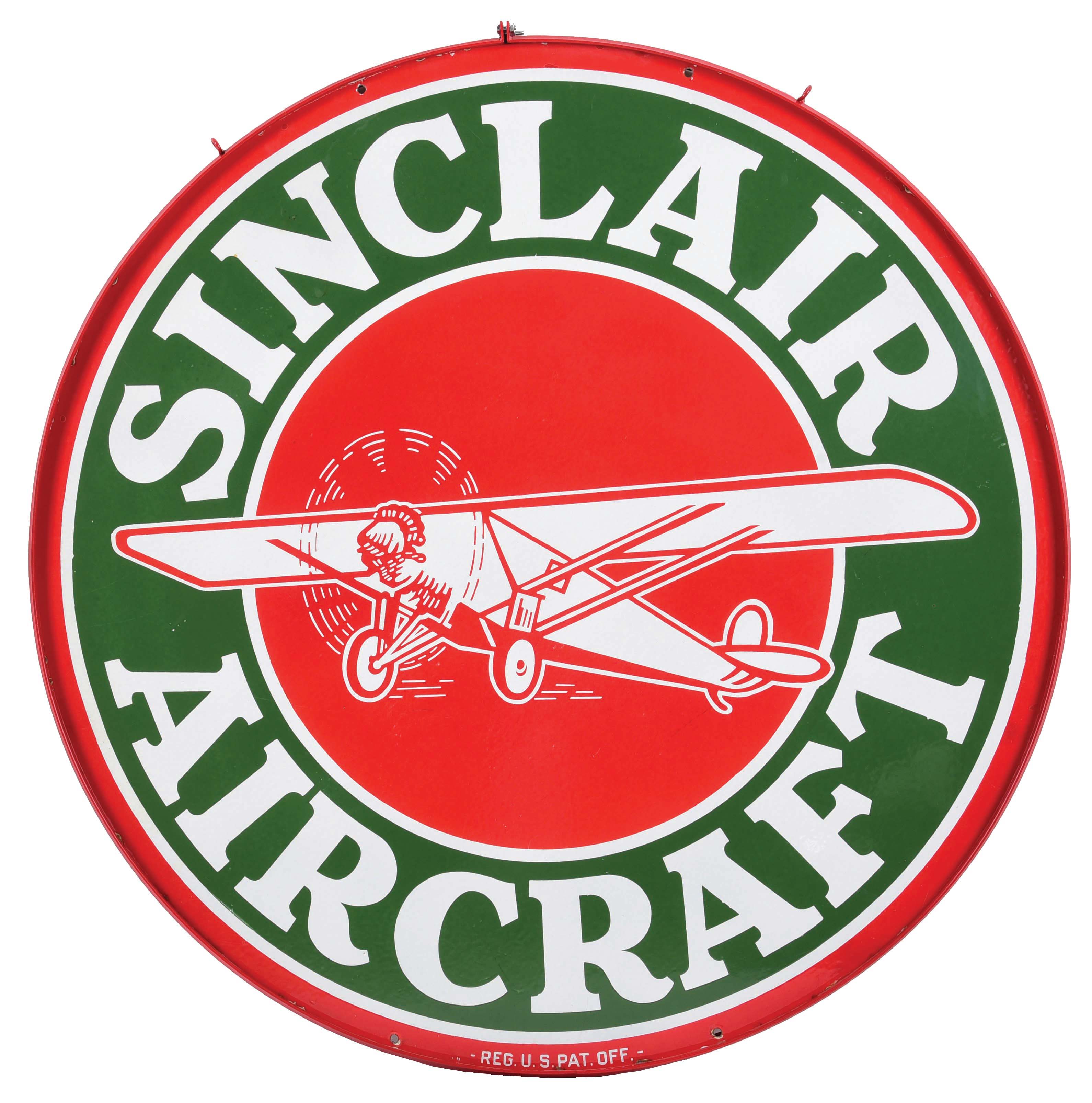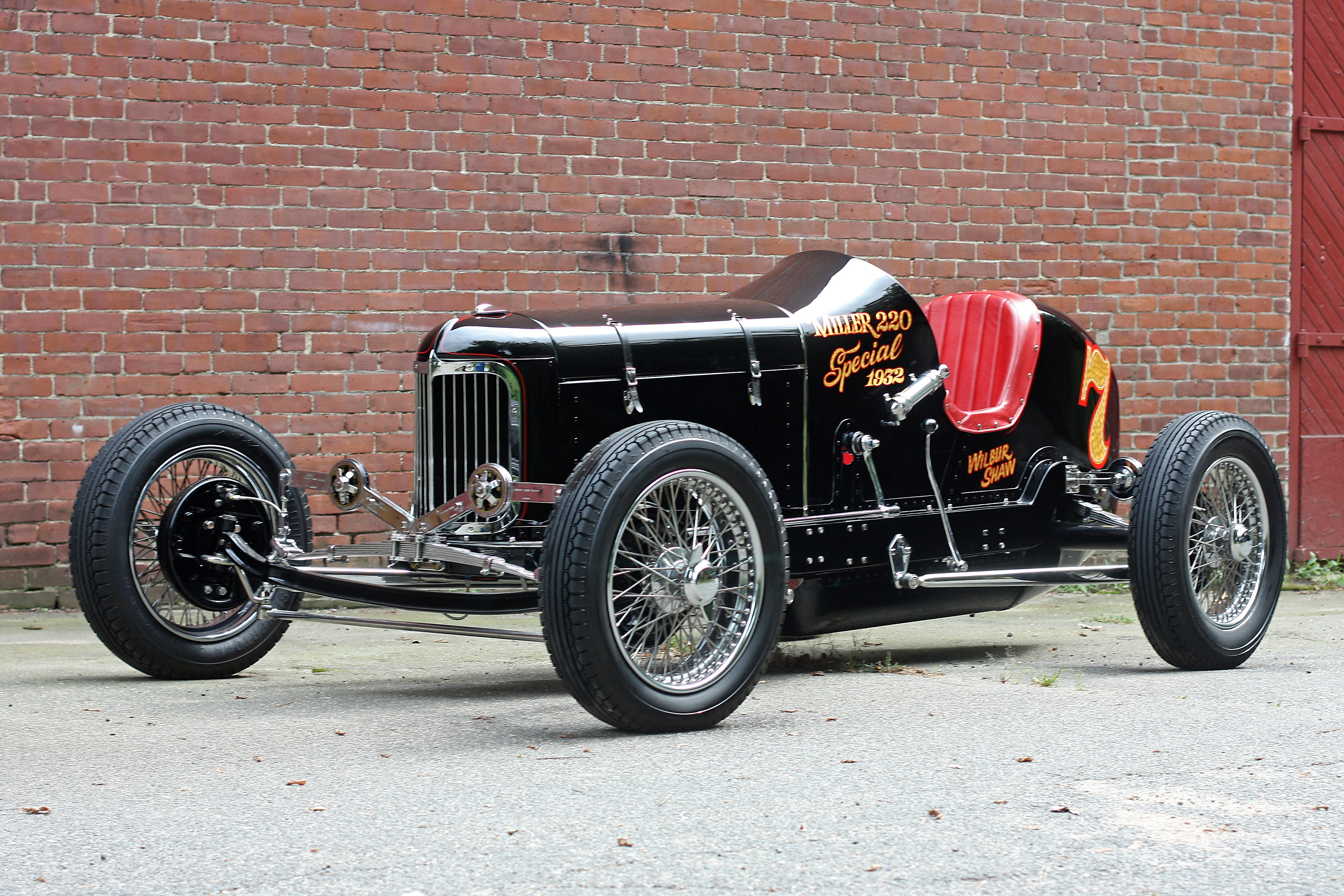This is an absolutely unique and extraordinary find, historically and culturally. Elvis's recording career really began in 1954 at Sun Records in Memphis with the famous producer Sam Phillips. Out of those sessions came "Heartbreak Hotel," "Don't be Cruel, "Blue Suede Shoes" and "Love Me Tender," among others. It was Sam Phillip's vision to create a complete fusion between white country music, and black blues. In Elvis (the Atomic powered singer, as he came to be billed), he had found the perfect instrument to disseminate the new art form. No one had ever seen or heard anyone like him. The sessions were characterized by an edgy nervous drumming, white session players like Scotty Moore and Bill Black tore out all the stops, and Elvis, when it came to the Arthur Crudup Song "That's All Right", went on full attack, turning it inside out. Phillips knew they had something. Elvis' success caught many old hands unaware. They were dumfounded when Presley occupied the No. 1 singles spot on the charts for 19 weeks in 1956, and then both EPs went to number one. Next, Colonel Parker engineered the buy-out of Elvis' Sun contract by RCA. There was an initial session in New York, and by September 1956, Elvis was recording for RCA at Radio Recorders on Santa Monica Boulevard in Los Angeles, one of only two studios in LA at that time. The sessions ranged from September 1956, to September 1957, one of the most creative periods in his career. The engineer for all of his Hollywood sessions was the best man on the West Coast, the legendary Thorne Nogar, who happened to be the father of our consignor. These sessions were highly important and 1956 and 1957 were two of the most key years in Elvis' rapid ascent to superstardom. The way the sessions worked was this. There was no multi-tracking in 1956 and all the recordings are mono. Elvis would sing into a single microphone the signal going directly to the reel to reel tape. Hogar would then cut and splice together the tape and send the finished product to New York for mastering. Once the tapes left Hogar's hands there were no more changes possible, in New York or anyway else. That was the way the record would be released. New York wanted the tapes immediately as they were done, and would often have a record out within a few days. With the sessions barely begun Hogar heard back from New York that they liked the beginning of one take and the end of another. His response "too bad, that's on the cutting room floor." From that moment on, Hogar set up an identical deck and made two simultaneous originals of every take, one to cut together and send to RCA headquarters, and the other for insurance. What we have here are the 'insurance' tapes. A full set of originals, completely unmolested. Raw footage, with awesome sound quality including conversations and comments between the tracks. Essentially a clean and perfect record of everything that transpired in the studio, between the engineer, the producer, Elvis and the session players. This record exists no where else and, as such this really is an extraordinary find. The tapes are all in original boxes, and contain session labels indicating the date, the personnel, the titles and other identifying information. There are many takes that became hits. There are, over the 6 tapes some 57 tracks, over 2 hours, including the entire "Elvis Christmas Album", with "Blue Christmas", there's "Jailhouse Rock," "Long Tall Sally," "All Shook Up," "Blueberry Hill," "Teddy Bear," "Love Me," and many others, a complete list of the 57 tracks is available on request. These are "Radio Recorders," tape numbers 349-354, and some of these actual tapes are depicted in Jorgensen's "Reconsider Baby: The Definitive Elvis Sessionography," Pierian Press, 1986. To hear a 23-year old Elvis direct to tape in this 1st generation state is amazing. Nevermind the fact that this is a one-only original group of sessions. With this lot is a copy of a letter to the consignor from Elvis Presley Enter
This is an absolutely unique and extraordinary find, historically and culturally. Elvis's recording career really began in 1954 at Sun Records in Memphis with the famous producer Sam Phillips. Out of those sessions came "Heartbreak Hotel," "Don't be Cruel, "Blue Suede Shoes" and "Love Me Tender," among others. It was Sam Phillip's vision to create a complete fusion between white country music, and black blues. In Elvis (the Atomic powered singer, as he came to be billed), he had found the perfect instrument to disseminate the new art form. No one had ever seen or heard anyone like him. The sessions were characterized by an edgy nervous drumming, white session players like Scotty Moore and Bill Black tore out all the stops, and Elvis, when it came to the Arthur Crudup Song "That's All Right", went on full attack, turning it inside out. Phillips knew they had something. Elvis' success caught many old hands unaware. They were dumfounded when Presley occupied the No. 1 singles spot on the charts for 19 weeks in 1956, and then both EPs went to number one. Next, Colonel Parker engineered the buy-out of Elvis' Sun contract by RCA. There was an initial session in New York, and by September 1956, Elvis was recording for RCA at Radio Recorders on Santa Monica Boulevard in Los Angeles, one of only two studios in LA at that time. The sessions ranged from September 1956, to September 1957, one of the most creative periods in his career. The engineer for all of his Hollywood sessions was the best man on the West Coast, the legendary Thorne Nogar, who happened to be the father of our consignor. These sessions were highly important and 1956 and 1957 were two of the most key years in Elvis' rapid ascent to superstardom. The way the sessions worked was this. There was no multi-tracking in 1956 and all the recordings are mono. Elvis would sing into a single microphone the signal going directly to the reel to reel tape. Hogar would then cut and splice together the tape and send the finished product to New York for mastering. Once the tapes left Hogar's hands there were no more changes possible, in New York or anyway else. That was the way the record would be released. New York wanted the tapes immediately as they were done, and would often have a record out within a few days. With the sessions barely begun Hogar heard back from New York that they liked the beginning of one take and the end of another. His response "too bad, that's on the cutting room floor." From that moment on, Hogar set up an identical deck and made two simultaneous originals of every take, one to cut together and send to RCA headquarters, and the other for insurance. What we have here are the 'insurance' tapes. A full set of originals, completely unmolested. Raw footage, with awesome sound quality including conversations and comments between the tracks. Essentially a clean and perfect record of everything that transpired in the studio, between the engineer, the producer, Elvis and the session players. This record exists no where else and, as such this really is an extraordinary find. The tapes are all in original boxes, and contain session labels indicating the date, the personnel, the titles and other identifying information. There are many takes that became hits. There are, over the 6 tapes some 57 tracks, over 2 hours, including the entire "Elvis Christmas Album", with "Blue Christmas", there's "Jailhouse Rock," "Long Tall Sally," "All Shook Up," "Blueberry Hill," "Teddy Bear," "Love Me," and many others, a complete list of the 57 tracks is available on request. These are "Radio Recorders," tape numbers 349-354, and some of these actual tapes are depicted in Jorgensen's "Reconsider Baby: The Definitive Elvis Sessionography," Pierian Press, 1986. To hear a 23-year old Elvis direct to tape in this 1st generation state is amazing. Nevermind the fact that this is a one-only original group of sessions. With this lot is a copy of a letter to the consignor from Elvis Presley Enter















Testen Sie LotSearch und seine Premium-Features 7 Tage - ohne Kosten!
Lassen Sie sich automatisch über neue Objekte in kommenden Auktionen benachrichtigen.
Suchauftrag anlegen